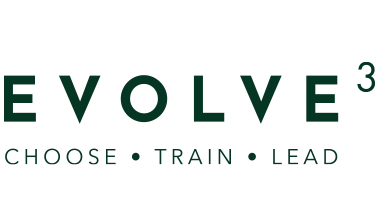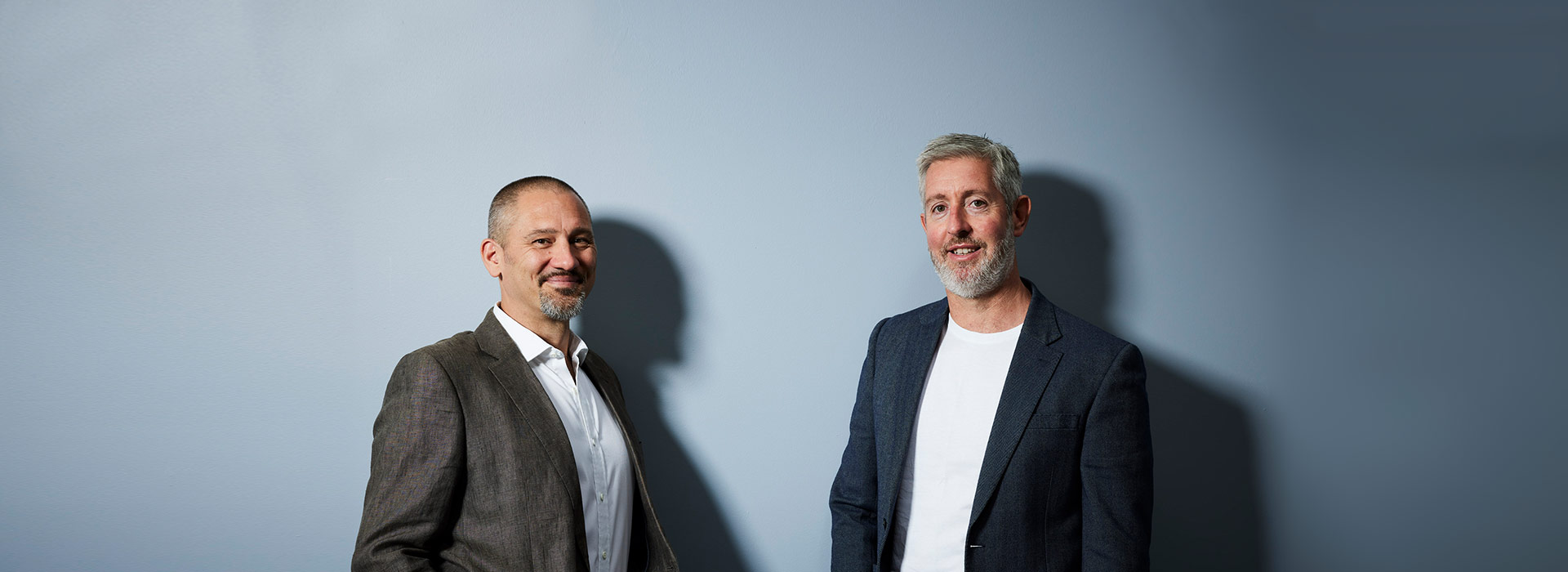
27 Jun How to convince your customers to spend more
The most effective ways to increase revenue in a hospitality business are to increase customer numbers and increase the amount each customer spends.
This blog is about selling rather than marketing, but it is worth noting that if your product and service is consistently good, you will see more repeat customers and benefit from positive word of mouth marketing. Both will serve to increase the number of customers you get through your door – without spending a cent on advertising.
Point of sale systems (used properly) allow you to measure the sales performance of individual salespeople. Last time we checked this with one of our clients, the difference in revenue generated by individual staff varied by as much as 30%. That is, the more active salespeople were able to bring in 30 cents in the dollar more than their teammates who passively took orders from customers.
Imagine that you have a 100 seat venue and the customer average spend is $60 per person. If you have a full house, your revenue will be $6000 for that service period. Now look at what your revenue could be if all the servers are active, well-trained salespeople, who know that their primary goal is to sell food and drinks. The improved customer average spend could be as much as $78 per person and your new total revenue for that service period would be $7800. That is a gain of $1800 extra revenue for no extra wage cost.
So, how can you convince your customers to spend more?
When I ask this question to hospitality managers and staff, they often answer with “upselling and suggestive selling”. OK, so everyone knows the answer, but why don’t they all do it in practice?
They don’t all do it because they either don’t want to, don’t know how to, or don’t believe that they should actively sell as part of their jobs.
The key is to make customer-facing staff aware that their primary goal is to sell. A good start is to recruit people with a positive attitude towards sales and service, and highlight that their major goal is to sell food and drinks. A detailed explanation of the position description is critical, but on it’s own this is not enough. You must also set clear sales targets, measure performance and provide feedback and coaching where necessary.
A simple (and effective) system of selling can be seen in fast food restaurants. It’s the use of a sales script. We’ve all heard it: “would you like fries with that?”; or “would you like to go large?”. You can bet that whenever you order a burger, the kid at the counter will cheerfully offer you something you didn’t order (suggestive selling), OR try and tempt you to get the larger version of the drink or side that you did order (upselling). This is a ‘nothing to loose, everything to gain’ strategy that has netted billions of dollars for global fast food chains.
The kids at the fast food restaurant sell this way because they know that if their sales results don’t reflect active selling efforts, they will be coached, counselled, or some form of disciplinary action will follow. They know this because it is spelled out to them during their initial training. It follows then that if they are not selling, they are not doing their job! They also know that if they excel in their jobs (achieve higher than average sales), they will be rewarded with accolades or even a promotion.
While the managers and staff of high-end hospitality businesses may object to my comparisons with sales techniques in fast food, the point is that the concept works at all market levels and for all service styles. Sure, the phraseology in a hatted restaurant will be more free-form and elegant than the sales script in fast food, but the fact is that there are certain things you can say to your customers that will influence them to spend more money.
The takeaway
Find out who your best salespeople are, then find out what they say to customers to win more sales. Make those words and phrases part the training plan for anyone who needs it.
The foundation of a high performing sales team is in choosing people with the right attitude towards customer service and sales. From there, careful training with positive coaching and leadership communication is key to maintaining a culture of customer care. Get that right and your customers will gladly spend more.



